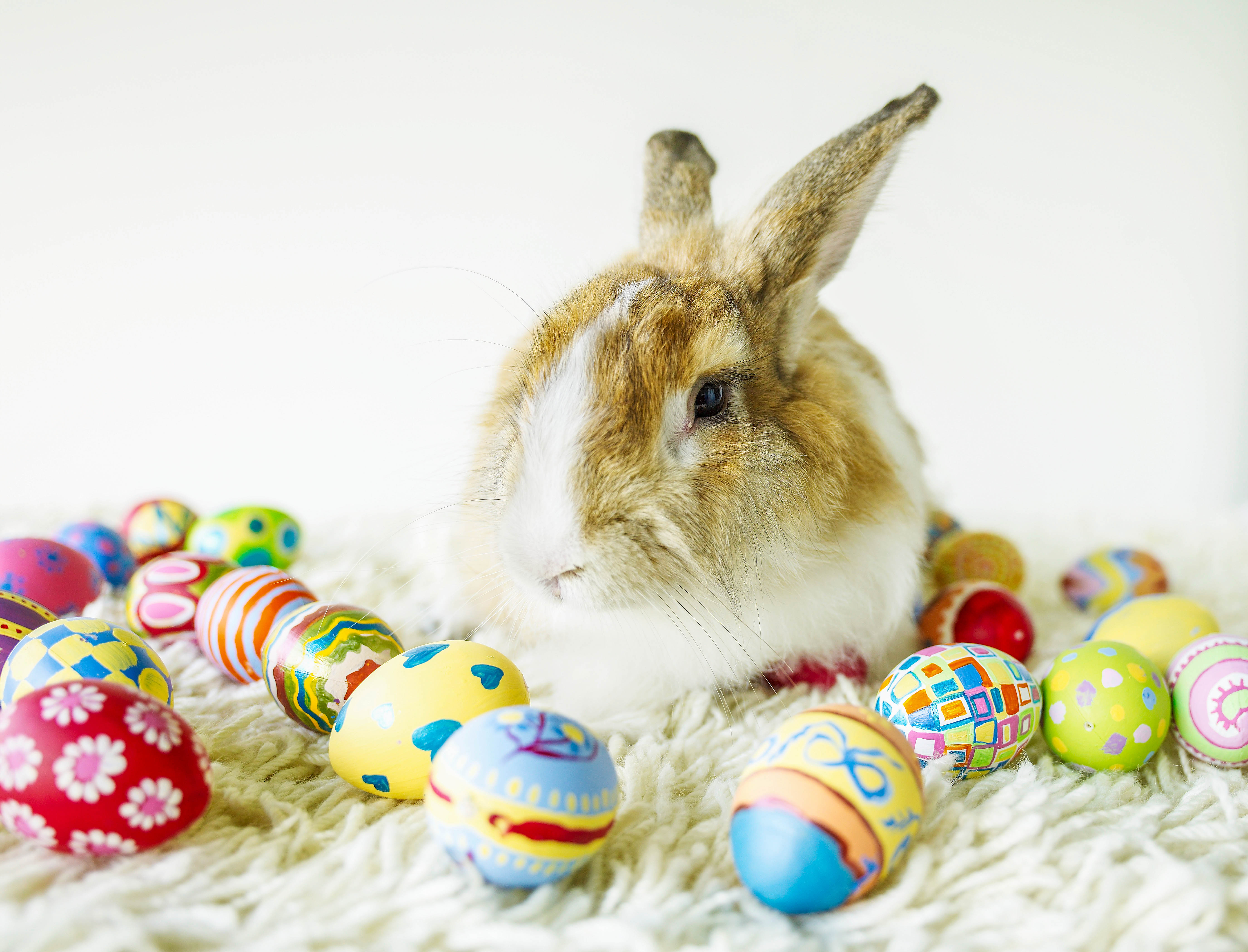Farm & Ranch
Who is Peter Cottontail?

By Jessica Crabtree
The Easter holiday makes you think of colorfully decorated eggs, Easter dresses, candy and of course the Easter bunny. But how did the Easter bunny come to be associated with the Christian holiday and because of that, did the popularity of the rabbit change?
The significance behind the holiday is the combination of Lent and the resurrection of Jesus from the dead on the third day of his burial after the Romans crucified him at Calvary. Easter is considered as one of Christians’ most important holidays of the year. With the significance being about Resurrection Sunday, where does the bunny fit?
According to www.history.com, the first celebration of Easter including a bunny dates back to the second century, although others speculate it could go back even farther. One theory is Christians adopted Easter from a Pagan festival at which an Anglo-Saxon goddess named Eostre was being celebrated. She was known as the goddess of spring and fertility. It was noted the goddess consorted with a hare, which is where the inspiration of today’s Easter bunny could have came from. Symbolism in history has proven correct, and it shows the rabbit is an ancient symbol meaning fertility and new life, very fitting for spring and the Easter holiday.
Another speculation is that the connection of rabbits to Easter began in Europe during the 17th century and was brought to America a century later by German immigrants. Oddly enough, the Easter bunny is not universal. Other animals are associated with the holiday. The Koo-Koo bird delivers Easter to the children of Switzerland, while children in parts of Germany celebrate with an Easter fox, rooster, stork or chick.
To read more pick up a copy of the April 2018 issue. To subscribe call 940-872-5922.
Farm & Ranch
Hazards of Backyard Poultry

By Barry Whitworth, DVM
Having backyard poultry is a popular agriculture enterprise. According to the United States Department of Agriculture, 0.8 percent of all households in the United States have chickens. People keep chickens for a variety of reasons with table eggs being one of the more common reasons.
Unfortunately, some of these poultry producers are not aware of the hazards that come with keeping poultry because many times they carry pathogens but appear healthy.
Chickens are carriers of several zoonotic diseases. These are diseases that can be passed from animals to humans. According to a recent survey in Pennsylvania, a majority of backyard poultry producers were aware of the dangers of avian influenza. However, this study also revealed that far fewer producers were aware of the risk of possible exposure to Salmonella and Campylobacter.
The lack of knowledge about the hazards of raising poultry likely contributes to the continued issues of Salmonella outbreaks associated with backyard poultry. In 2023, the Centers for Disease Control and Prevention reported 1,072 illnesses of Salmonella linked to backyard poultry, and 272 of those patients required hospitalization. Oklahoma reported 43 individuals with the disease.
To read more, pick up a copy of the April issue of NTFR magazine. To subscribe by mail, call 940-872-5922.
Farm & Ranch
Ag Elsewhere: Wyoming

By Tressa Lawrence
Babies are tucked away in every nook and cranny. Many ranchers across Wyoming have baby animals popping up all over this time of year.
Farm & Ranch
Ag Elsewhere: Montana

By Lindsey Monk
Another load of grain in to keep feeding the calves until the green grass can really start popping.
-

 Country Lifestyles1 year ago
Country Lifestyles1 year agoScott & Stacey Schumacher: A Growth Mindset
-

 Equine7 months ago
Equine7 months agoThe Will to Win
-

 Country Lifestyles7 years ago
Country Lifestyles7 years agoStyle Your Profile – What your style cowboy hat says about you and new trends in 2017
-

 Country Lifestyles4 years ago
Country Lifestyles4 years agoAmber Crawford, Breakaway Roper
-

 HOME7 years ago
HOME7 years agoGrazing North Texas – Wilman Lovegrass
-

 Country Lifestyles7 years ago
Country Lifestyles7 years agoDecember 2016 Profile, Rusty Riddle – The Riddle Way
-

 Country Lifestyles8 years ago
Country Lifestyles8 years agoJune 2016 Profile – The man behind the mic: Bob Tallman
-

 Outdoor9 years ago
Outdoor9 years agoButtercup or Primrose?






